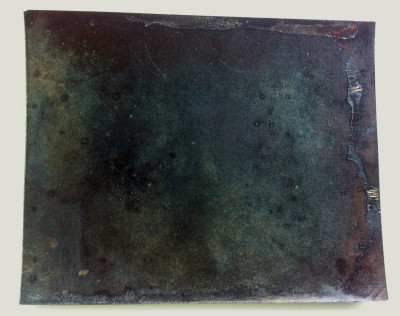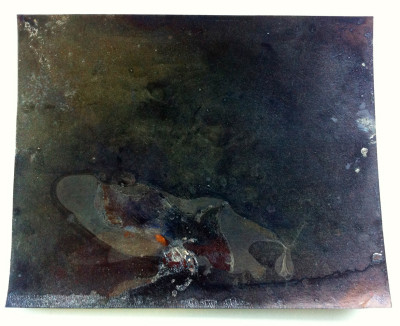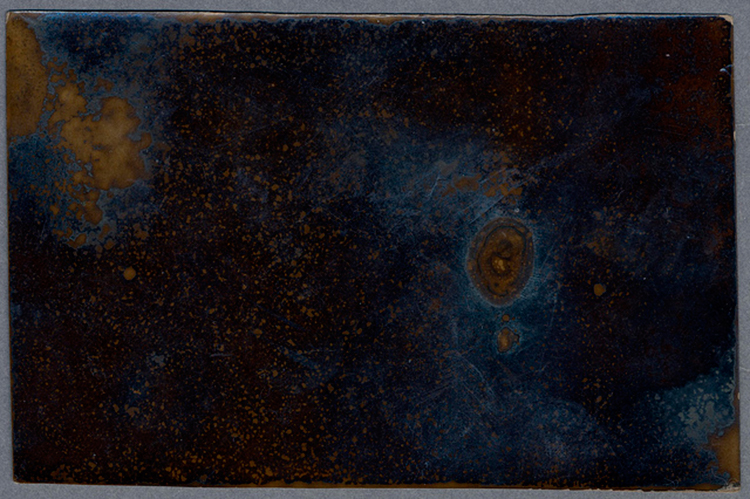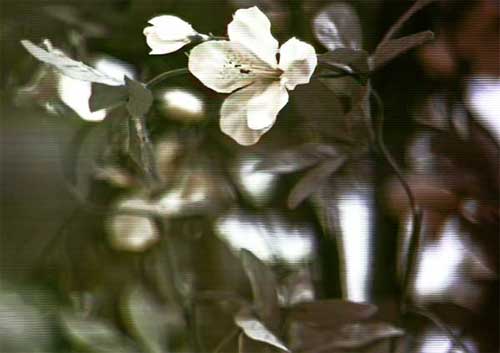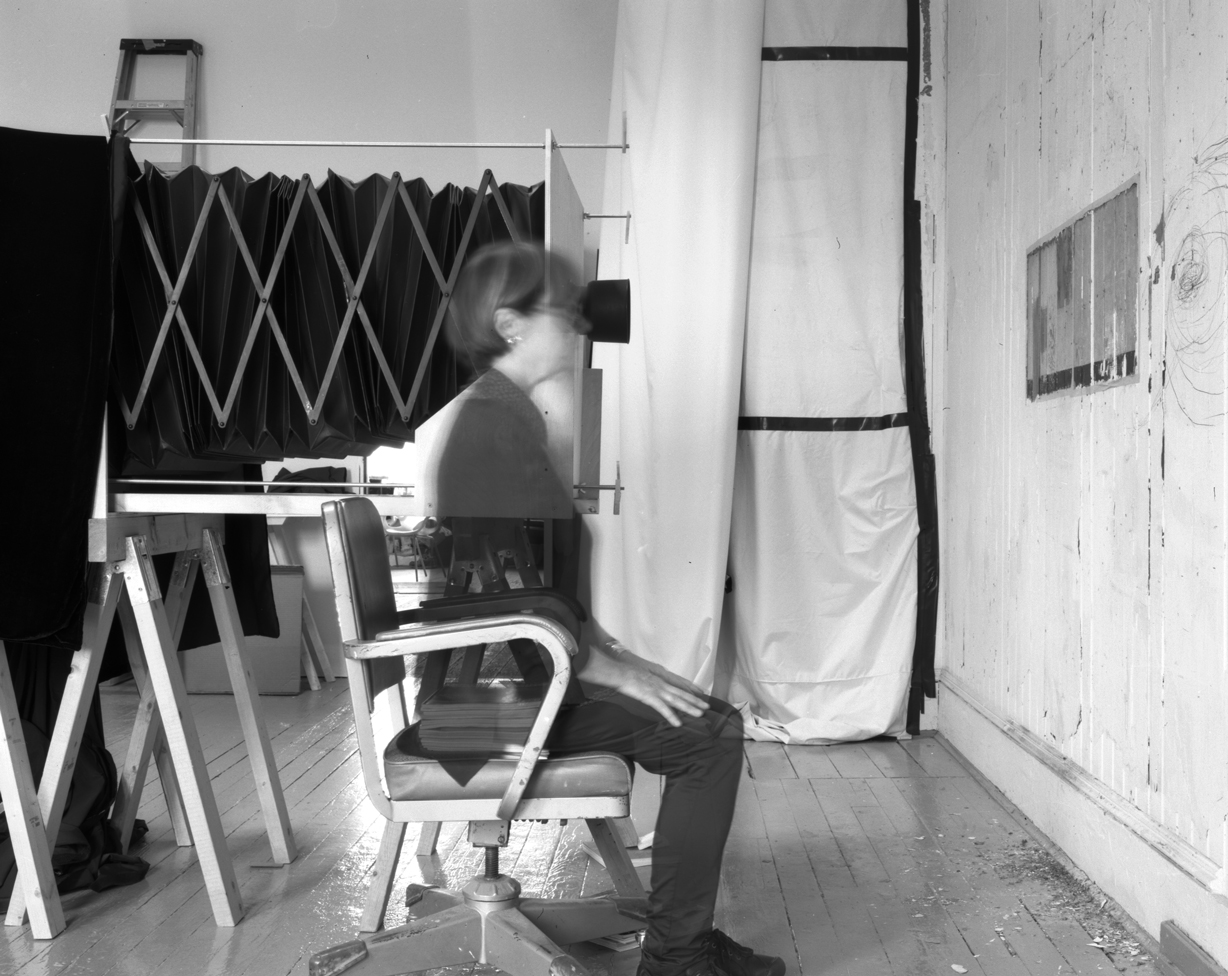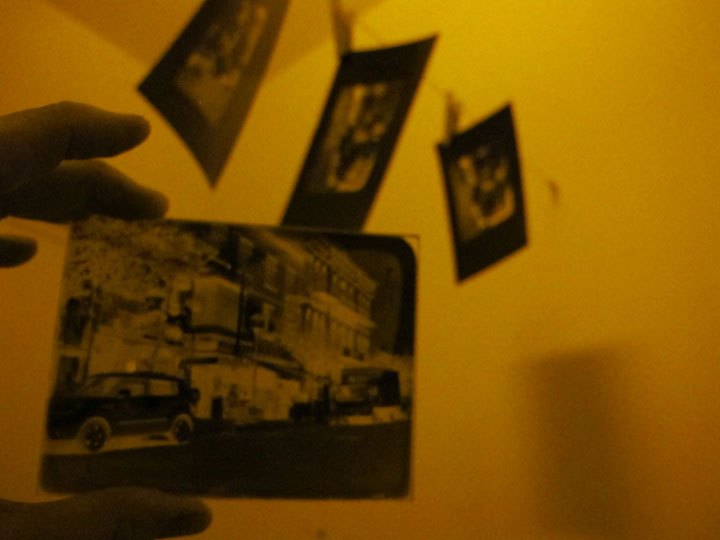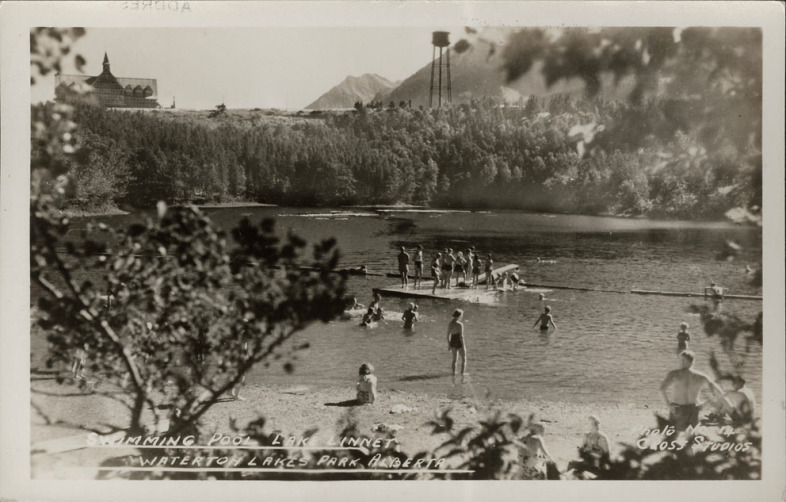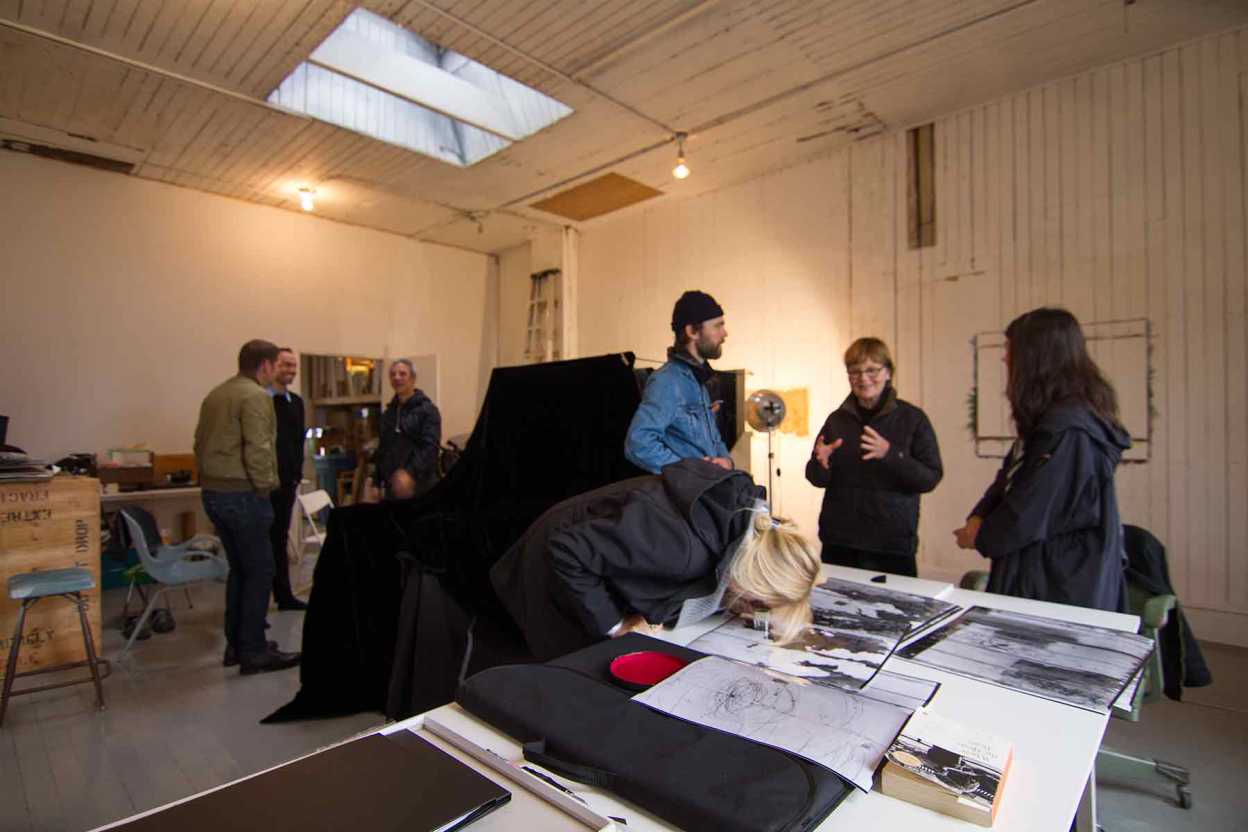Celestographs
They haunted me for years before I could finally place them… small, darkly coloured, murky photographs of the night sky. It must have been twenty or more years ago that I saw them and I cannot even remember the exhibition or where it was. At the time I noted Strindberg as the artist, but upon research I found him to be a Swedish playwright. Recently due to the archival breadth of the internet, my friend Trudi Smith alerted me to an article by Douglas Feuk she had some upon: The Celestographs of August Strindberg. And there they were, images of those photographs.

As it turns out Strindberg, the playwright, did have a period of intense engagement with photography in the 1890’s and wrote about his desire to have art imitate nature’s way of creating. This led him to make the series of photographs he called his Celestographs. Strindberg distrusted lenses as he believed they distorted reality. He built several lens-less cameras before he moved to his more direct method of placing photographic paper directly under the night sky. As the paper exposed itself to the light; dark, earth coloured, mottled pictures emerged. Upon viewing, their visual correspondence with the night sky is remarkable. Strindberg believed that this likeness between the image and the sky was a scientific and photographic fact although in actuality the celestographs are merely the effect of light exposing the photographic paper he was using. Because they were photographs, the indexical quality of the medium itself confused him into believing that this was in some way a factual reproduction of the nature to which it was exposed.
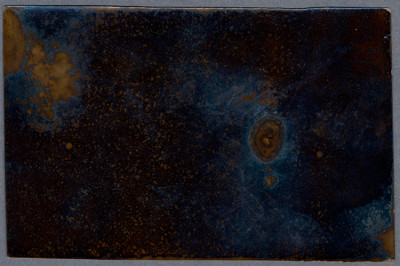
I researched the photographic methods Strindberg would have had at hand in the 1890’s and decided to experiment with silver albumen prints. Apparently it was the most widely used photographic printing material in 1855 and remained so until the early 1900’s.
Preparation of albumen paper begins with fresh eggs. Only the clear white is used. It is beaten to a froth and then set aside. Later, the liquid that settles on the bottom of the glass container is poured off. This albumen liquid is poured into a tray and pieces of rag paper are laid on the surface for a minute or so and then dried flat. They can be coated twice to obtain a higher gloss. Sensitization is accomplished in the darkroom when the albumen paper is once again laid on the surface of a tray, this time filled with a silver nitrate solution. The paper is then removed and left to dry in the dark, after which time it is ready for exposure.
I ordered the chemicals from the university chemistry store (including the silver nitrate) and bought a dozen eggs. I went about the making of a number of pieces of albumen silver photographic paper which I then exposed directly to the sky. Yes, very similar to the celestographs, silvery, dark green and brown earthy, night sky-like prints.
